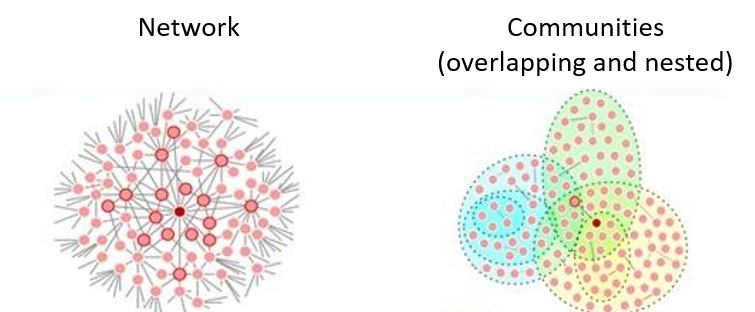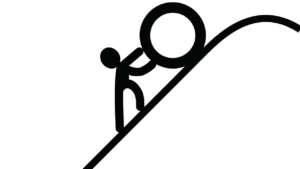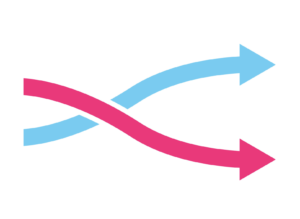(As published on Medium.com https://kathy-edersheim.medium.com/community-or-network-whats-the-difference-ac844f9beb08)
Communities and networks (of people) are closely related concepts in that they describe how you connect to other people. Both are important. The differences between community and network are defined by the ways that you connect to others.
What does it mean that the average number of “friends” for someone on Facebook is 338 or that an average LinkedIn user has close to 1,000 connections? While it might sound impressive and even provide a sense of sociability, it is important to realize that these reflect robust networks and, most likely, not communities.
Specifically, a network is a set of relationships that links individuals such as friends, acquaintances, and coworkers to each other. Networks are open chains of connections characterized by the fact that when networks intersect, they become one larger network. Networks are expansive and open without having a concept of membership, little expectation of mutually supportive interaction beyond the first or second connection. Networks establish loose or weak bonds between people.
Sometimes, companies or organizations use the term network or include the word in a group name because networking – helping people who might be mutually helpful meet – is the purpose. Often, such a defined entity is really a community, such as a corporate Women’s Networking Group.
Remember that a community is a mutually supportive, self-perpetuating group with purpose and structure. If you are looking for belongingness and close bonds, you want to find a group (or groups) where you have a shared purpose with the other participants and a structure that facilitates connection.
Here are characteristics that differentiate networks from communities:

To highlight one difference, consider that communities have boundaries while networks are open. A well-known illustration of a network is the game “six degrees of Kevin Bacon” that looks at the bridging bonds that link Kevin Bacon to someone else without any meaningful or likely potential relationship between those two people. The comparable example of a community would be the cast and crew of a particular Kevin Bacon movie where everyone had a shared purpose of creating a successful movie and would have been mutually supportive. An interesting result of the boundaries for defining a community is that they might overlap and yet maintain distinct characteristics while networks are ever expanding.
Here is an illustration of it from Dr.Michael Wu in 2010.

Going back to social platforms such as Facebook or LinkedIn, now we can see why they are more network than community though they also demonstrate that the line between a network and a community can be blurry especially when the network is designed to try to cultivate tighter bonds.
In some ways, communities and networks are complementary and mutually reinforcing. Your networks can be a source of community. Both can be a source of friendships. For most people, it is being part of communities that bring them deep personal fulfillment through belongingness.
So why do we need to define and understand the differences? As we look for connection whether for belongingness or career advancement or for personal fulfillment, it is important to know where to look. It turns out that your next job is more likely to come from someone three steps (or more) away from you than from your friends and family. If you want to win a team game in the local league, look to a sports community for success.
As in understanding community structure, once you know what you are looking for on your journey, you will be able to use these concepts to determine opportunities for connection and belonging.
Here is another way to phrase it:
If you want to understand the difference between a network and a community, ask your Facebook friends to help paint your house…Networks connect; communities care.
Ted Rubin, How to Look People in the Eye Digitally HBS



